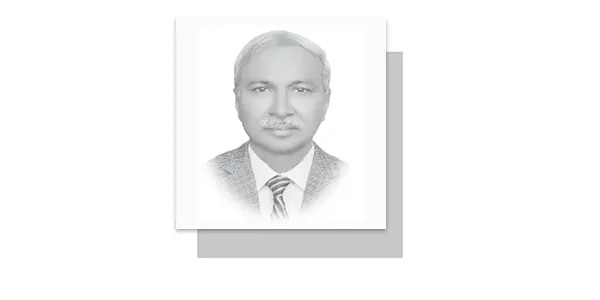THE BRICS alliance—comprising Brazil, Russia, India, China and South Africa—represents nearly 27% of the world’s landmass and is home to 42% of the global population.
These countries together contribute about a quarter of the world’s GDP. The bloc’s emergence signals a major shift in global power structures, challenging long-standing economic monopolies and bringing the unipolar world order, led by the United States, under increasing strain.
Since World War II, the US and its Western allies have dominated global development financing through institutions like the World Bank and International Monetary Fund (IMF). But the tide is turning. BRICS nations, through collective economic resilience and growing cooperation, are asserting themselves as credible alternatives in global governance.
Over the past decade, trade among emerging economies has increased by 40%, while trade among the US and its developed allies has declined by 10%. This trend has not gone unnoticed. Just last week, the US President Donald Trump posted on his Truth Social platform that any country aligning with BRICS’ “anti-American” policies would face an additional 10% tariff—an unprecedented warning that reveals the anxiety in Washington over the rise of alternative power blocs.
At the latest BRICS summit held in Rio de Janeiro, leaders reaffirmed their commitment to multilateral diplomacy and global cooperation. Their joint declaration challenged American dominance in world affairs, suggesting that no single country can now claim global supremacy. BRICS, once viewed as a loose grouping of developing nations, is rapidly evolving into a collective voice for the Global South.
One of the most significant instruments of this change is the New Development Bank (NDB), formerly known as the BRICS Development Bank. Designed as an alternative to the IMF and World Bank, the NDB seeks to provide financing on more favourable and flexible terms. For decades, developing nations have been caught in the IMF’s web of harsh loan conditions, often leading to unsustainable debt cycles. Pakistan is a prime example—its rising debt burden and lack of a clear repayment strategy have left the country in a continuous financial crisis.
The New Development Bank offers a promising path forward. If it can extend credit without the suffocating conditions imposed by traditional Western institutions, it could revolutionize development finance. This would not only benefit struggling economies but also force the World Bank and IMF to reform their policies in order to remain relevant.
Pakistan must take note of these shifting dynamics. The rise of BRICS presents both a challenge and an opportunity. Aligning more closely with emerging economies and institutions like the NDB could open doors to more sustainable development financing and reduce reliance on Western-led financial regimes. As global power centers shift, countries that adapt early will gain the most. The age of unipolar dominance is fading, and BRICS is at the forefront of a multipolar world—one that promises greater balance, inclusivity and opportunity.
—The writer is contributing columnist, based in Faisalabad.
(ranazahid4@gmail.com)


















